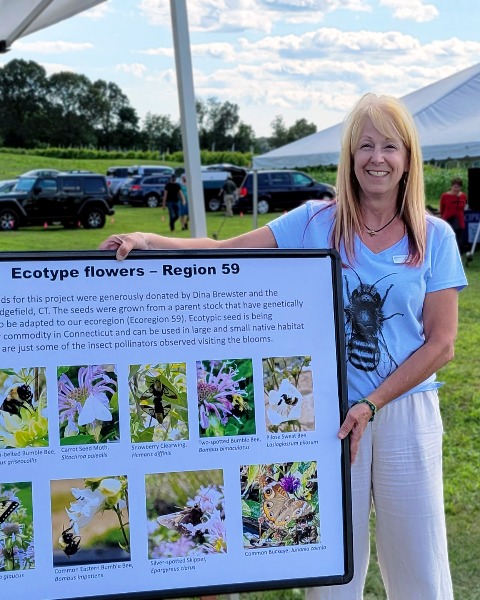Member Symposium
The Connecticut wild bee monitoring program

Tracy A. Zarrillo (she/her/hers)
Assistant Agricultural Scientist 1
The Connecticut Agricultural Experiment Station
New Haven, Connecticut
Presenting Author(s)
The Connecticut wild bee monitoring program began in 2010 in response to growing evidence of decline of certain wild bee fauna locally and globally and the paucity of information regarding wild bee populations in the United States and in Connecticut. The objective of the program was to set up a long-term, easy to implement, low-cost, quantifiable, and repeatable monitoring system that could be used to detect changes in species diversity, composition, and relative abundance over time. Six monitoring sites were set up in five of Connecticut’s eight counties in representative habitats, such as urban and suburban, agricultural, and preserved natural areas near the Connecticut shoreline and in the northwest hills. Cooperators included the United States Fish and Wildlife Service, a non-profit conservation and education organization, and colleagues from the Connecticut Agricultural Experiment Station. Information from the bee monitoring surveys, in addition to other bee surveys running concurrently for other projects, was used to create a state inventory of wild bee species and to give subnational conservation ranks to 124 bee species in Connecticut.

.png)
